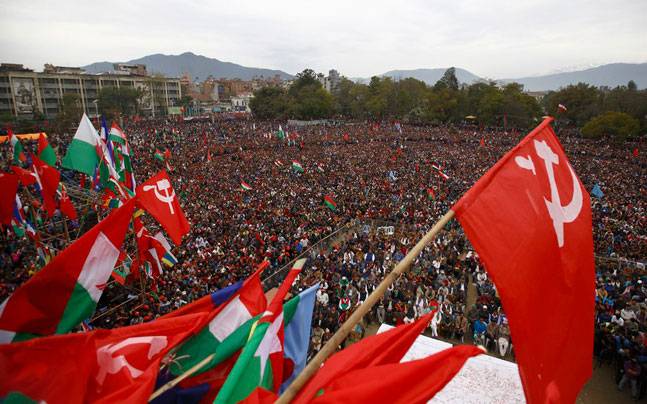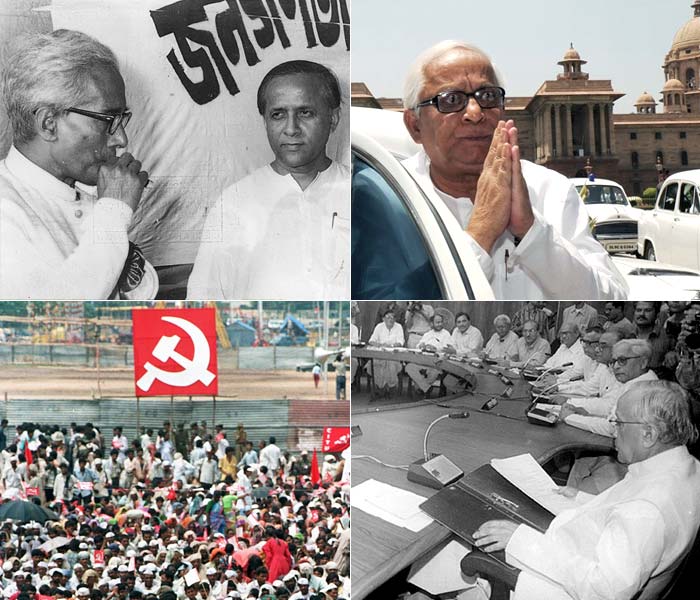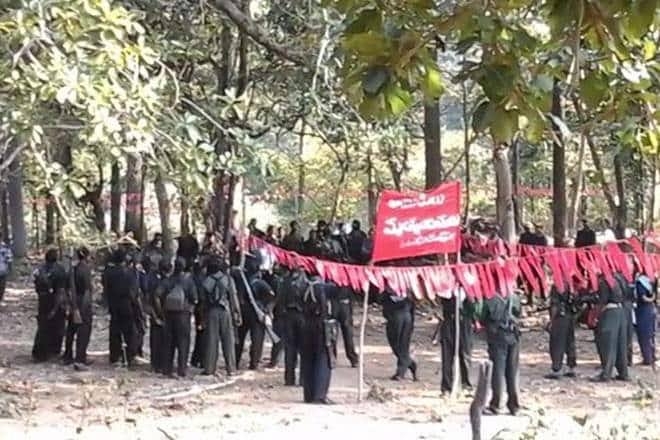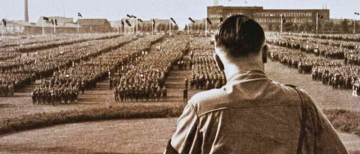The story of the Naxals in Jhargram, part of the larger Jangalmahal region, is a complex and controversial saga of rebellion, state response, and shifting local dynamics that stretches back to the colonial era. It is a tale that intertwines the legacy of British colonial exploitation, post-independence agrarian struggles, ideological fervor, and the contemporary challenges of governance and development.


Colonial Roots and Early Resistance
The roots of the Naxalite movement in Jhargram and surrounding areas can be traced back to the colonial period when the British East India Company established control over the region after 1765. The area, known as Jangalmahal, was home to many tribal and indigenous communities who faced harsh exploitation under the zamindari system imposed by the British. The Company set up military camps to suppress local uprisings such as the Chuar rebellion, enforcing colonial laws that dispossessed locals of their land and resources. In 1805, the British formalized the administration of the region by creating the Jangalmahal district, encompassing parts of present-day Bankura, Purulia, and Paschim Medinipur, with Bankura as its headquarters. This period entrenched patterns of land alienation and economic deprivation among tribal populations, sowing seeds of long-term discontent.


Post-Independence Agrarian Struggle and the Birth of Naxalism
After India’s independence in 1947, the colonial land tenure system largely persisted, leaving a vast majority of peasants landless—census data from 1971 showed nearly 60% of the population without land, while a small elite controlled most of it. The tribal communities, in particular, suffered from loss of access to forest resources, which were vital to their livelihood. Government restrictions and harassment further alienated them. This economic and social marginalization created fertile ground for radical movements.
The Naxalite movement itself was born in 1967 in the village of Naxalbari, West Bengal, when peasants, inspired by communist leaders, rose in armed revolt against oppressive landlords. The movement was led by figures like Charu Majumdar and Kanu Sanyal, who advocated a Maoist-style protracted people’s war to overthrow the existing order. Initially, the Communist Party of India (Marxist) had some sympathizers within its ranks, including land reform advocates, but it did not endorse armed uprising, leading to internal conflicts. The Naxalbari uprising involved peasants forcibly seizing land and clashing violently with landlords and police, marking the start of a prolonged insurgency.

Government’s Ambivalent Role During the CPM Era
During the 1970s and 1980s, the Communist Party of India (Marxist) (CPM) was in power in West Bengal. Initially, the CPM government attempted to implement land reforms and pacify the peasantry, but it also took a hard line against armed Naxalite insurgents. The government’s approach was ambivalent: while it supported some social reforms that addressed peasant grievances, it also deployed police and paramilitary forces to suppress Naxalite activities. This dual approach was partly due to the CPM’s ideological commitment to parliamentary democracy and partly due to the threat that armed rebellion posed to state authority. The government’s repression, including police crackdowns and arrests, pushed Naxalites underground but did not eliminate their influence, especially in tribal and rural areas like Jangalmahal.

Emergence as a Threat and the Operation Lalgarh
By the 2000s, the Naxalite movement had evolved into a larger Maoist insurgency, spreading across several states including West Bengal’s Jangalmahal region. The movement gained strength among tribal communities, who saw the Maoists as protectors against exploitation and state neglect. However, the insurgency also turned violent and disruptive, targeting police, government officials, and infrastructure, which posed a serious threat to law and order.
In response, the government launched Operation Lalgarh in 2009, a major security operation aimed at flushing out Maoist insurgents from Jhargram and neighboring districts. The operation targeted the People's Committee Against Police Atrocities (PCAPA) and other armed groups organizing tribal resistance. It involved coordinated police and paramilitary actions across multiple police stations to restore state control.

The Paradox: Robin Hoods or Threats?
The Naxals in Jhargram have been viewed through contrasting lenses. For many locals, especially the marginalized tribal communities, the Maoists were seen as Robin Hood figures—champions of the poor who fought against corrupt landlords, exploitative moneylenders, and indifferent government officials. They organized grassroots justice, redistributed land, and resisted state oppression, filling a governance vacuum in remote areas.
Conversely, the state and mainstream society regard them as dangerous extremists whose violent tactics disrupt development, threaten democratic institutions, and create a climate of fear. The Maoists’ use of armed struggle, including targeted killings and extortion, has alienated many and led to widespread condemnation.


Why Jhargram? Geography and Socioeconomic Factors
Jhargram’s geography—dense forests, hilly terrain, and a largely rural population—has made it a natural stronghold for insurgents. The area’s historical neglect, poor infrastructure, and persistent poverty have left many communities vulnerable to Maoist influence. The alienation of tribal land and the failure of successive governments to address deep-rooted socioeconomic grievances have perpetuated the cycle of rebellion.

The Decline and Prospects of Exit
In recent years, the Naxalite movement in Jhargram has been on the decline due to sustained security operations, improved governance, and development initiatives. The rise of political alternatives, including the Bharatiya Janata Party (BJP), which made significant electoral gains in the region, reflects changing local dynamics and a desire for peace and progress.
The government’s focus on integrating former insurgents, improving infrastructure, and addressing tribal welfare aims to provide a pathway out of conflict. However, the challenge remains to reconcile the legitimate grievances that fueled the insurgency with the need for law and order and inclusive development.
Conclusion
The tale of the Naxals in Jhargram is emblematic of a broader struggle in India’s hinterlands—a clash between historical injustice and contemporary state authority, between radical aspirations for equality and the realities of governance. Born out of colonial exploitation and post-independence neglect, nurtured by ideological zeal and local grievances, the Naxalite movement has oscillated between being seen as freedom fighters and feared insurgents.
As Jhargram moves towards peace and development, the legacy of this conflict serves as a reminder that sustainable progress requires addressing the root causes of alienation and ensuring that the voices of the marginalized find expression within democratic frameworks rather than through arms
With inputs from agencies
Image Source: Multiple agencies
© Copyright 2025. All Rights Reserved Powered by Vygr Media.



























